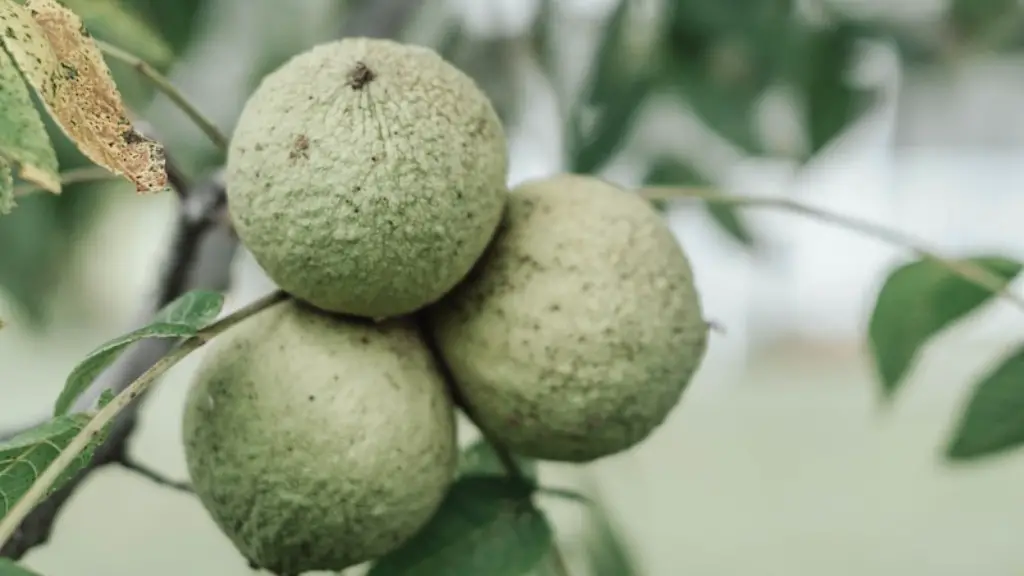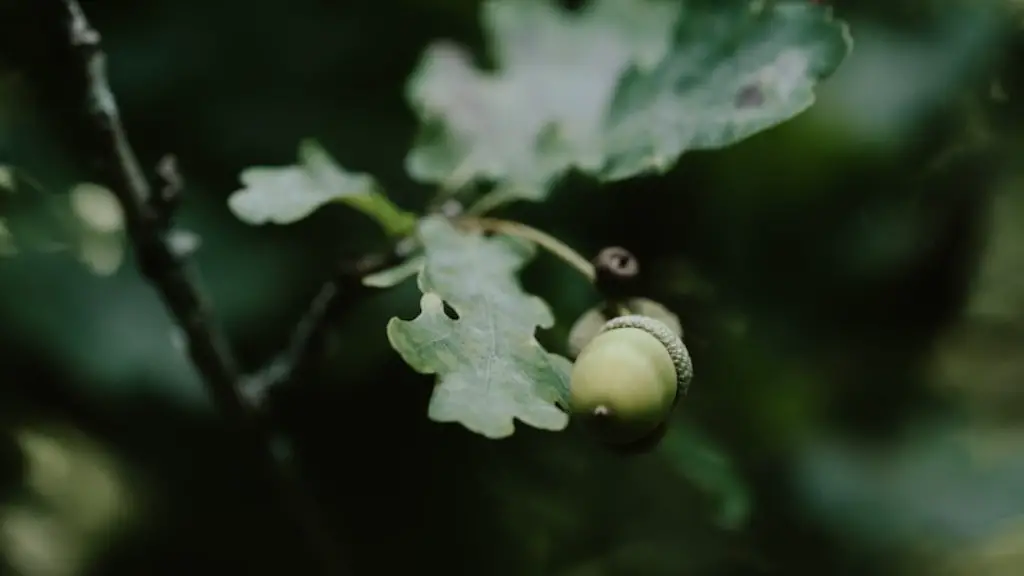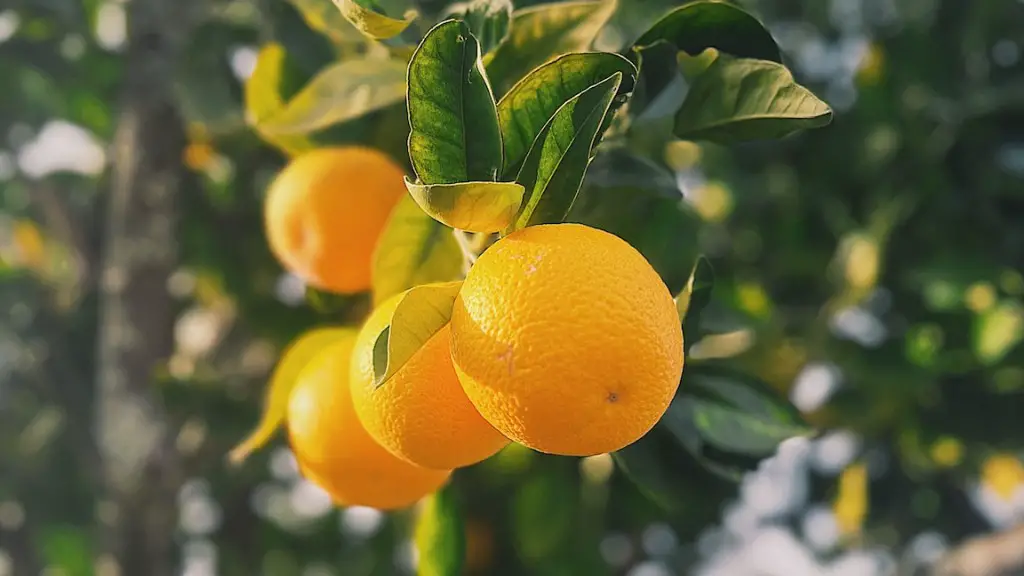Growing a lemon tree from a lemon is an easy process and a great way to add a unique, exotic look to your home. Here are the steps you need to take to successfully grow your own lemon tree.
Firstly, you need to choose a healthy lemon. Look for a lemon that’s heavy for its size and has a bright yellow, unblemished skin.
Next, pick a spot in your home or garden to plant the lemon tree. Make sure you pick an area that gets plenty of sunlight.
You then need to prepare the soil for your lemon tree. The soil should be light, well-drained and rich in organic material.
Once the soil is prepped, you can carefully cut the lemon in half and gently remove the seed. Then, place the seed in the soil and cover it with a thin layer of soil.
Then, water the soil and make sure it stays moist. Lemon trees need plenty of water to ensure they grow healthy and thrive.
Finally, place the sapling in a sunny spot and make sure the soil is always moist. You should also make sure your lemon tree is getting plenty of sunlight, as this is essential for the trees health.
Tips for Growing a Lemon Tree
There are a few tips that you need to keep in mind when growing a lemon tree from a lemon. Firstly, make sure you use a healthy lemon that is heavy for its size. This will ensure the chances of successful germination.
You should also pay attention to the soil you are using for planting the lemon tree. It is important to use fertile, well-drained soil with plenty of organic material.
Watering is important for ensuring the lemon tree grows healthy and strong. The soil should be kept moist, but not waterlogged.
For optimal growth, it is important that the sapling gets plenty of sunlight, as this is essential for the trees health. You should also place the sapling in a spot that gets the right amount of sunlight and moisture.
When pruning a lemon tree, it is important to be careful not to damage the branches or the fruit. Always use clean pruning tools and prune only the dead or diseased branches.
Fertilizing a Lemon Tree
Fertilizing is an important part of caring for a lemon tree. Regular fertilization will promote strong, healthy growth. The best time to fertilize a lemon tree is in the spring and summer.
You should use a fertilizer that is specifically designed for citrus trees and always read and follow the instructions on the packaging carefully.
You should also pay attention to the pH levels of the soil, as this can affect the growth of the lemon tree. The soil should be slightly acidic, with a pH between 6 and 7.
It is important to fertilize the lemon tree in moderation, as over-fertilizing can lead to excessive growth and nutritional deficiencies.
If you notice that your lemon tree is not growing as it should, you may need to adjust the fertilizer and pH levels. You should always test the soil before fertilizing and adjust the fertilizer and pH levels accordingly.
Common Pests and Diseases of Lemon Trees
When growing a lemon tree, it is important to be aware of some of the common pests and diseases that can affect the tree. These include aphids, mealybugs, scale insects, spider mites and powdery mildew.
Aphids are small, sap-sucking insects that can damage the leaves and stems of the lemon tree. Mealybugs are another pest that can cause damage to the leaves and stems of lemon trees. Scale insects and spider mites can also cause damage to the foliage of the lemon tree.
Powdery mildew is a fungal disease that can affect lemon trees. It appears as a white, powdery substance on the leaves and can cause them to turn yellow and eventually drop off.
It is important to take preventive measures to avoid pest infestations and disease outbreaks. This includes regularly inspecting the lemon tree for signs of pests and diseases and taking appropriate action if any are found.
You should also use pesticides and fungicides sparingly and only when absolutely necessary. This will help to reduce the potential for pest and disease outbreaks.
Harvesting the Lemons
Once your lemon tree has grown to a mature size and has begun flowering and fruiting, it is time to harvest the lemons. Lemons are generally ready to pick when they are bright yellow.
When picking the lemons, make sure you use a pair of gloves and long-handled scissors or pruners. This will help to protect your hands and make the picking process easier.
Once you have picked the lemons, store them in a cool, dry place. To maximize their shelf life, be sure to rotate them regularly.
You can also freeze the lemons for later use. When freezing the lemons, make sure you wash and dry them thoroughly before you store them.
It is important to note that the lemons should be used quickly after they are picked, especially if they are not stored correctly. This will ensure they remain fresh and flavorful.





